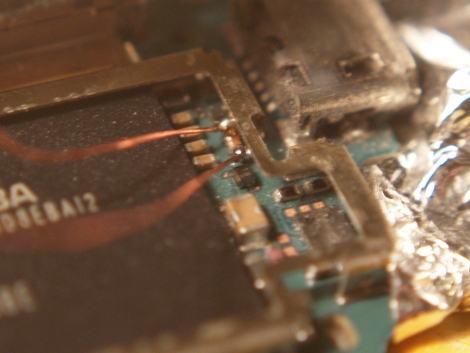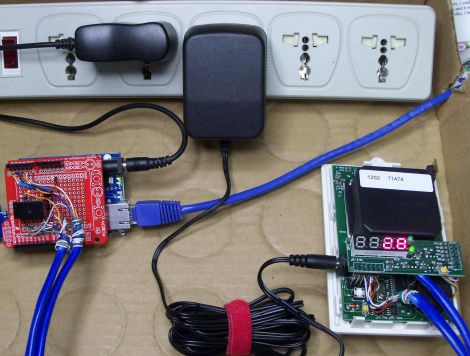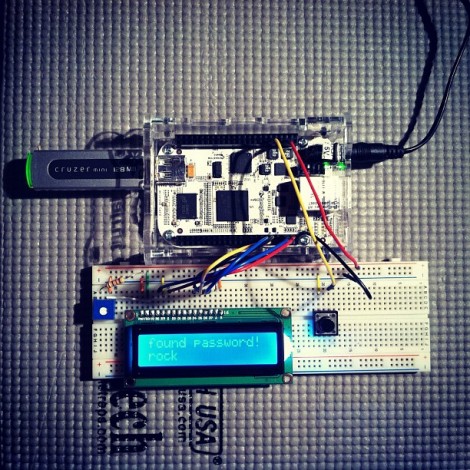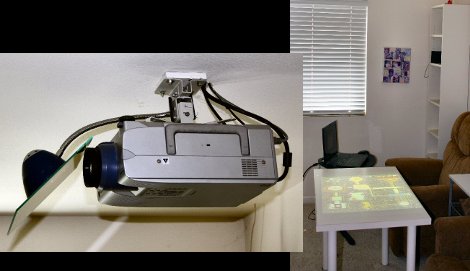
[Script] is pretty lucky. One of the engineers who designed his cellphone included over-voltage protection in the circuit. Of course you probably wouldn’t know about this if there wasn’t a service schematic available. But a bit of searching around let him resurrect the fried USB segment of his Nokia N900.
Now [Script] has been experimenting with portable solar power like the system featured at 25C3 a few years back. Unfortunately he made an error which routed 12V into the USB connector’s 5V rail. After this unfortunate mistake the phone would not longer connect via USB, or charge the battery. Luickly the N900 is a favorite with the hacker community (you can see all kinds of N900 related projects here at Hackaday) and [Script] found his way to their N900 Schematic page. Digging into page four he found part F5300 which is labeled 2.0A. He removed the PCB and shielding, and tested the part with a multimeter to confirm it was blown. A quick wire bridge got the phone charging again, but [Script] plans to position a new fuse as soon as he can source the part.
Who says these devices aren’t user serviceable? If we could just get our hands on more service schematics perhaps our gear would last longer.

















